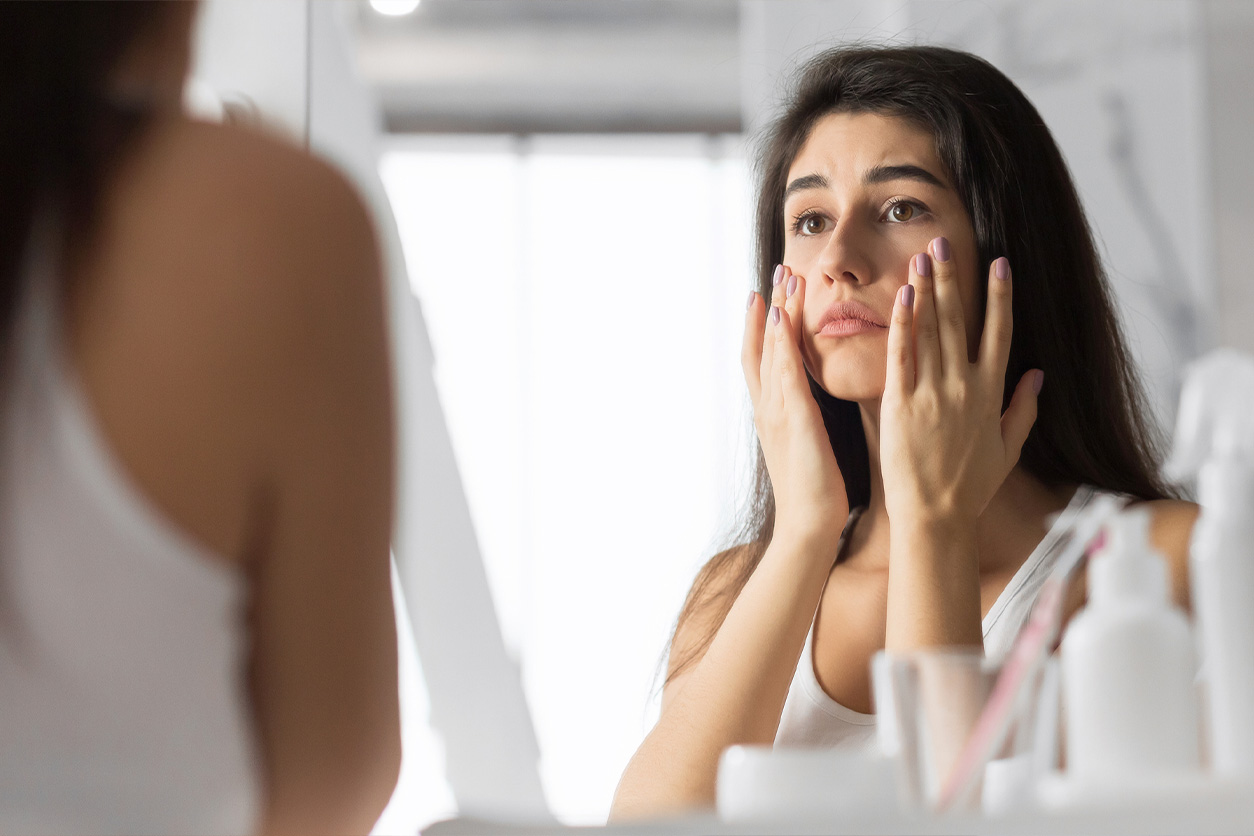
Blepharoplasty vs. Under-Eye Fillers: Which Is Right for You?
Bags and dark circles under the eyes are among the most noticeable signs of aging. As skin loses elasticity and the underlying structures begin to sag, puffiness and hollowness can form beneath the eyes, often leaving you looking more tired than you feel. Fluid retention can further contribute to this puffiness, deepening the shadowed appearance.
Fortunately, modern aesthetic treatments offer effective ways to restore a more rested and youthful look. Two of the most popular options? Blepharoplasty (eyelid surgery) and under-eye fillers. This guide compares both treatments to help you understand which option may be best suited for your unique goals.
Blepharoplasty vs. Fillers: What’s the Difference?
Blepharoplasty, or eyelid surgery, is a surgical procedure designed to remove or reposition excess skin and fat around the lower eyelids. This creates a smoother, more youthful under-eye contour. The incision is carefully placed along natural creases or inside the eyelid to minimize visible scarring.
Under-eye fillers, often using hyaluronic acid-based products, are a non-surgical option. These fillers are injected directly into the tear troughs to plump the area, fill in hollowness, and reduce the appearance of dark shadows, without the need for incisions or anesthesia.
What Results Can You Expect?
Blepharoplasty offers long-lasting, often permanent, results. It addresses the root cause of under-eye puffiness, excess skin, and fat. After healing, the eyes appear more refreshed and open, with improvements that can last for many years.
Under-eye fillers provide an instant rejuvenation effect by smoothing and filling the area. While not permanent, results can last anywhere from 6 to 18 months, depending on the product used and your individual metabolism. Maintenance treatments are needed to retain the effect.
How About Recovery Time?
Because it is a surgical procedure, blepharoplasty comes with a more involved recovery. You may experience swelling and bruising for about 7 to 10 days, with residual swelling lasting up to six weeks. Following post-op care guidelines is essential to ensure optimal healing and avoid complications.
Fillers, on the other hand, require virtually no downtime. You may have mild swelling, redness, or bruising at the injection site, but these typically resolve within a few days. Most patients return to daily activities immediately after treatment.
Are There Any Risks?
Blepharoplasty, like any surgery, carries risks such as bleeding, infection, and complications related to anesthesia. Additional considerations are needed if you have preexisting health conditions like high blood pressure, diabetes, dry eyes, or thyroid issues. A detailed consultation with your surgeon will determine if you’re a good candidate.
Under-eye fillers are generally low-risk when administered by a skilled provider. Side effects are typically minimal, most often limited to temporary swelling or bruising. However, it’s essential to receive treatment from an experienced injector to avoid more serious complications, like vascular occlusion.
Blepharoplasty or Filler: Which Should You Choose?
Both blepharoplasty and under-eye fillers offer compelling benefits, depending on your anatomy, lifestyle, and aesthetic goals:
- Choose blepharoplasty if you’re looking for long-term improvement and have moderate to severe under-eye bags or loose skin.
- Opt for under-eye fillers if you prefer a quick, non-surgical solution with little downtime and mild-to-moderate concerns.
The best way to decide? Schedule a personal consultation with Dr. Rousso. With expert guidance and a tailored treatment plan, you can achieve results that reflect how vibrant you truly feel.

